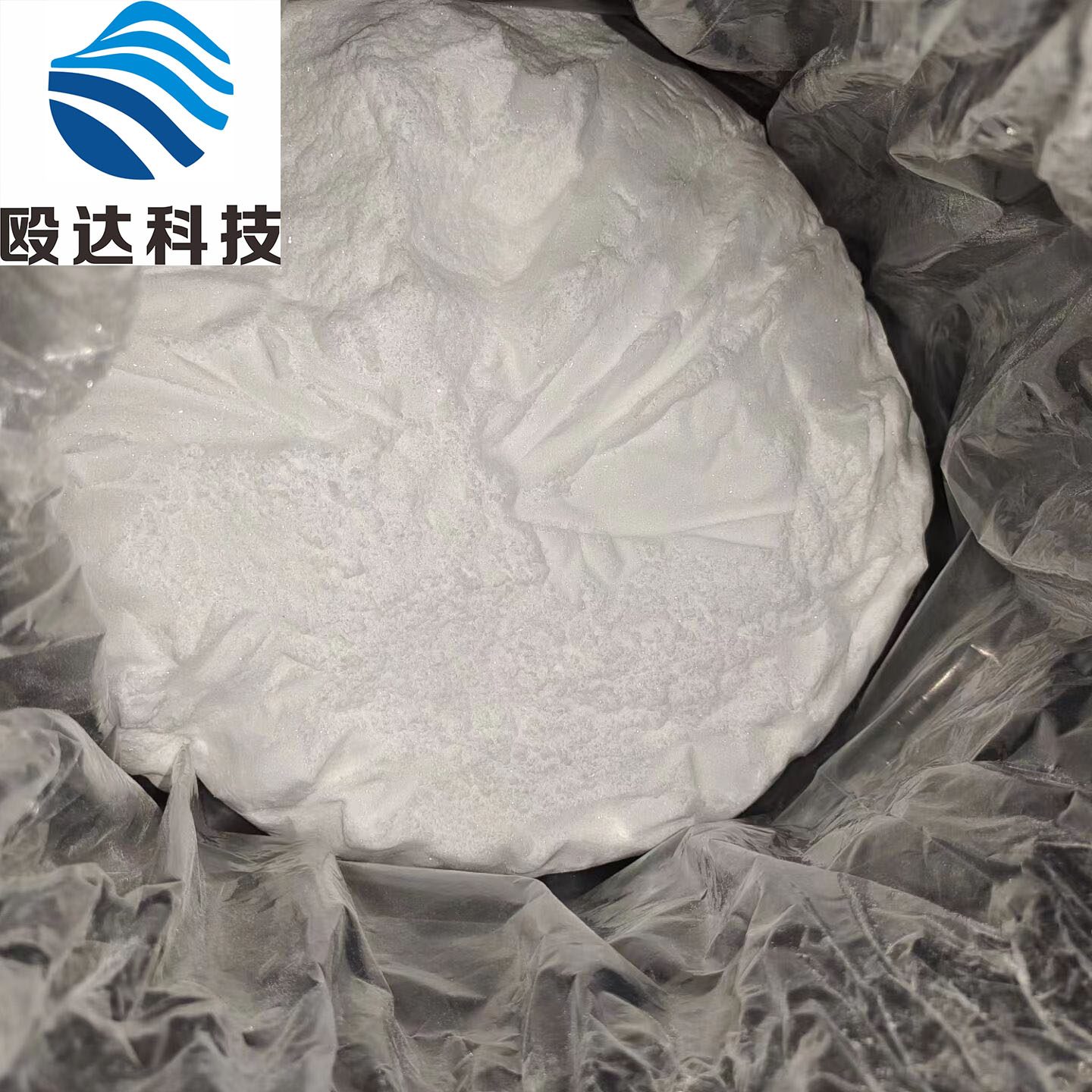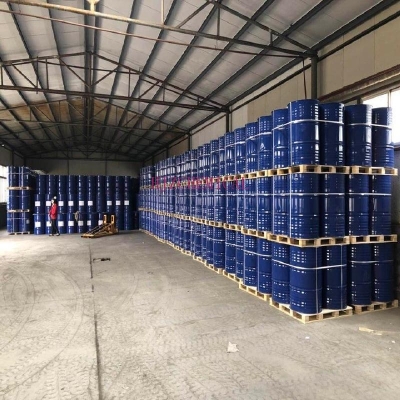-
Categories
-
Pharmaceutical Intermediates
-
Active Pharmaceutical Ingredients
-
Food Additives
- Industrial Coatings
- Agrochemicals
- Dyes and Pigments
- Surfactant
- Flavors and Fragrances
- Chemical Reagents
- Catalyst and Auxiliary
- Natural Products
- Inorganic Chemistry
-
Organic Chemistry
-
Biochemical Engineering
- Analytical Chemistry
- Cosmetic Ingredient
-
Pharmaceutical Intermediates
Promotion
ECHEMI Mall
Wholesale
Weekly Price
Exhibition
News
-
Trade Service
Equinix and Telxius are collaborating
on facilities and services for the next-generation cable landing station architecture for the MAREA and BRUSA submarine cable systems in the United States.
U.
S.
companies are developing next-generation cable landing station architectures for two submarine cables
The two submarine cables will extend directly to the MAREA and BRUSA cable landing stations in Virginia Beach, Virginia, and the capacity will extend backhaul capacity to the Equinix DC2 International Business Exchange (IBX) data center, which represents the latest design of
submarine cable infrastructure.
Telxius' recently launched MAREA submarine cable is a joint project
with Facebook and Microsoft.
It is the highest-capacity submarine cable system built across the Atlantic, consisting of eight fiber pairs stretching 4,000 miles, and will connect Virginia Beach, USA, and Sopelana
in Spain.
Telxius is responsible for the operation of submarine cables and provides IP, capacity, configuration and security services
through it.
Telxius is also building the BRUSA submarine cable
.
It is a new submarine cable with a length of more than 6,800 miles that connects Rio de Janeiro and Fortaleza, Brazil, to San Juan, Puerto Rico, and Virginia Beach
, Virginia, USA.
BRUSA will be completed
by mid-2018.
It will offer eight pairs of fiber, leveraging leading technology that enables it to support ultra-high-speed transmission capacity and increase the availability of
end-to-end connectivity and ultra-high-speed broadband services.
The BRUSA submarine cable will provide the lowest latency communications link
between the region's two largest economies, the United States and Brazil.
,
Equinix and Telxius are collaborating
on facilities and services for the next-generation cable landing station architecture for the MAREA and BRUSA submarine cable systems in the United States.
U.
S.
companies are developing next-generation cable landing station architectures for two submarine cables
S.
companies are developing next-generation cable landing station architectures for two submarine cables
The two submarine cables will extend directly to the MAREA and BRUSA cable landing stations in Virginia Beach, Virginia, and the capacity will extend backhaul capacity to the Equinix DC2 International Business Exchange (IBX) data center, which represents the latest design of
submarine cable infrastructure.
Telxius' recently launched MAREA submarine cable is a joint project
with Facebook and Microsoft.
It is the highest-capacity submarine cable system built across the Atlantic, consisting of eight fiber pairs stretching 4,000 miles, and will connect Virginia Beach, USA, and Sopelana
in Spain.
Telxius is responsible for the operation of submarine cables and provides IP, capacity, configuration and security services
through it.
Telxius is also building the BRUSA submarine cable
.
It is a new submarine cable with a length of more than 6,800 miles that connects Rio de Janeiro and Fortaleza, Brazil, to San Juan, Puerto Rico, and Virginia Beach
, Virginia, USA.
BRUSA will be completed
by mid-2018.
It will offer eight pairs of fiber, leveraging leading technology that enables it to support ultra-high-speed transmission capacity and increase the availability of
end-to-end connectivity and ultra-high-speed broadband services.
The BRUSA submarine cable will provide the lowest latency communications link
between the region's two largest economies, the United States and Brazil.
,







